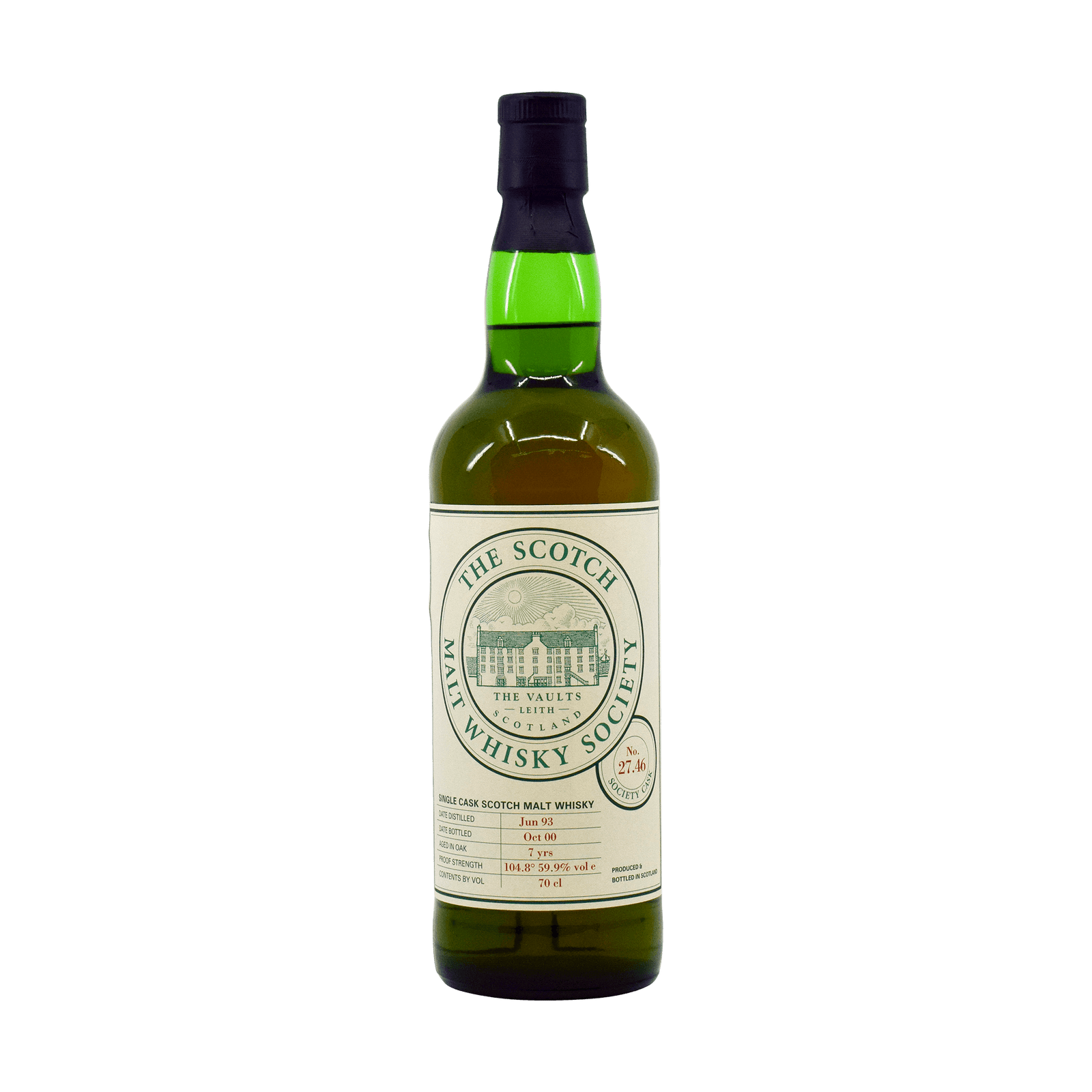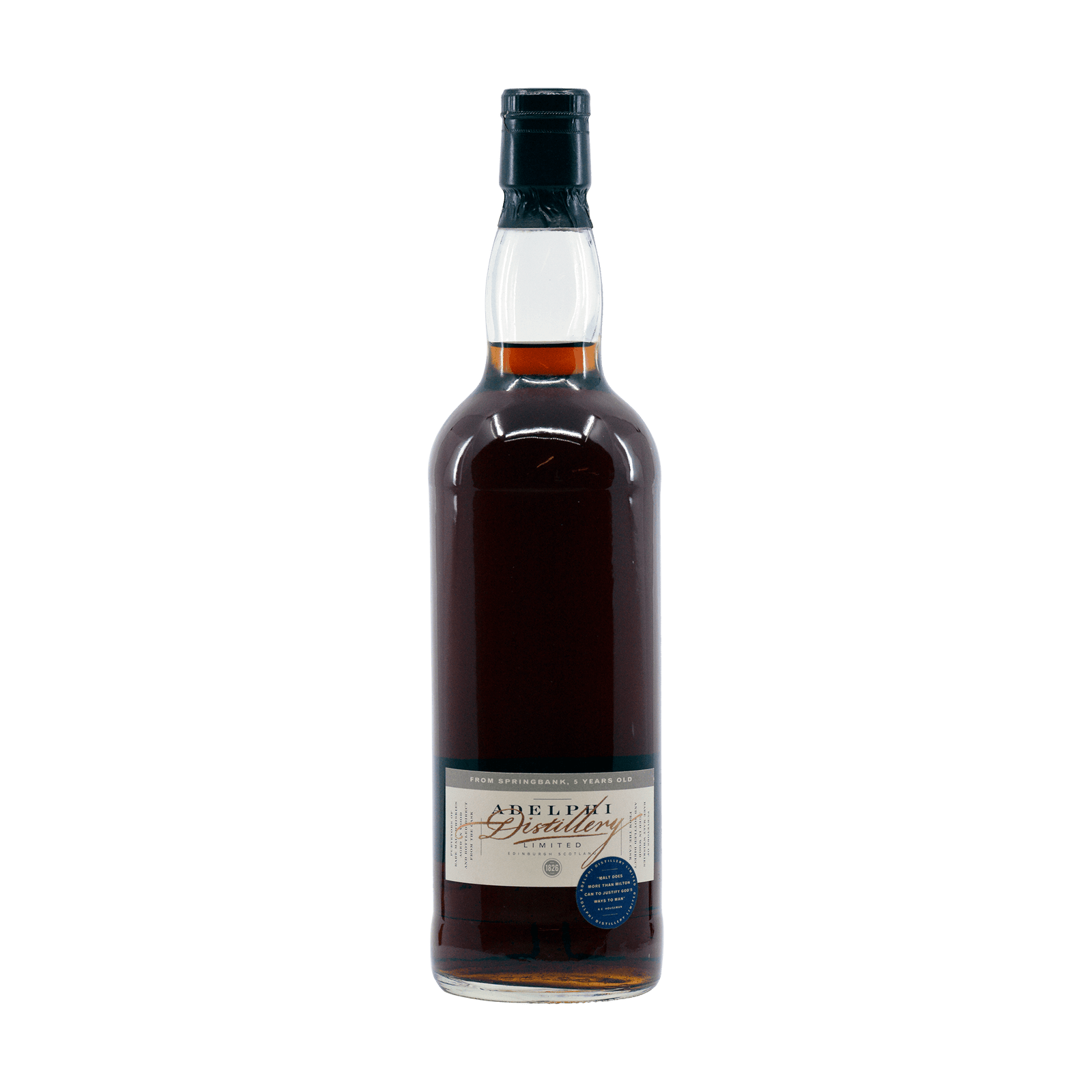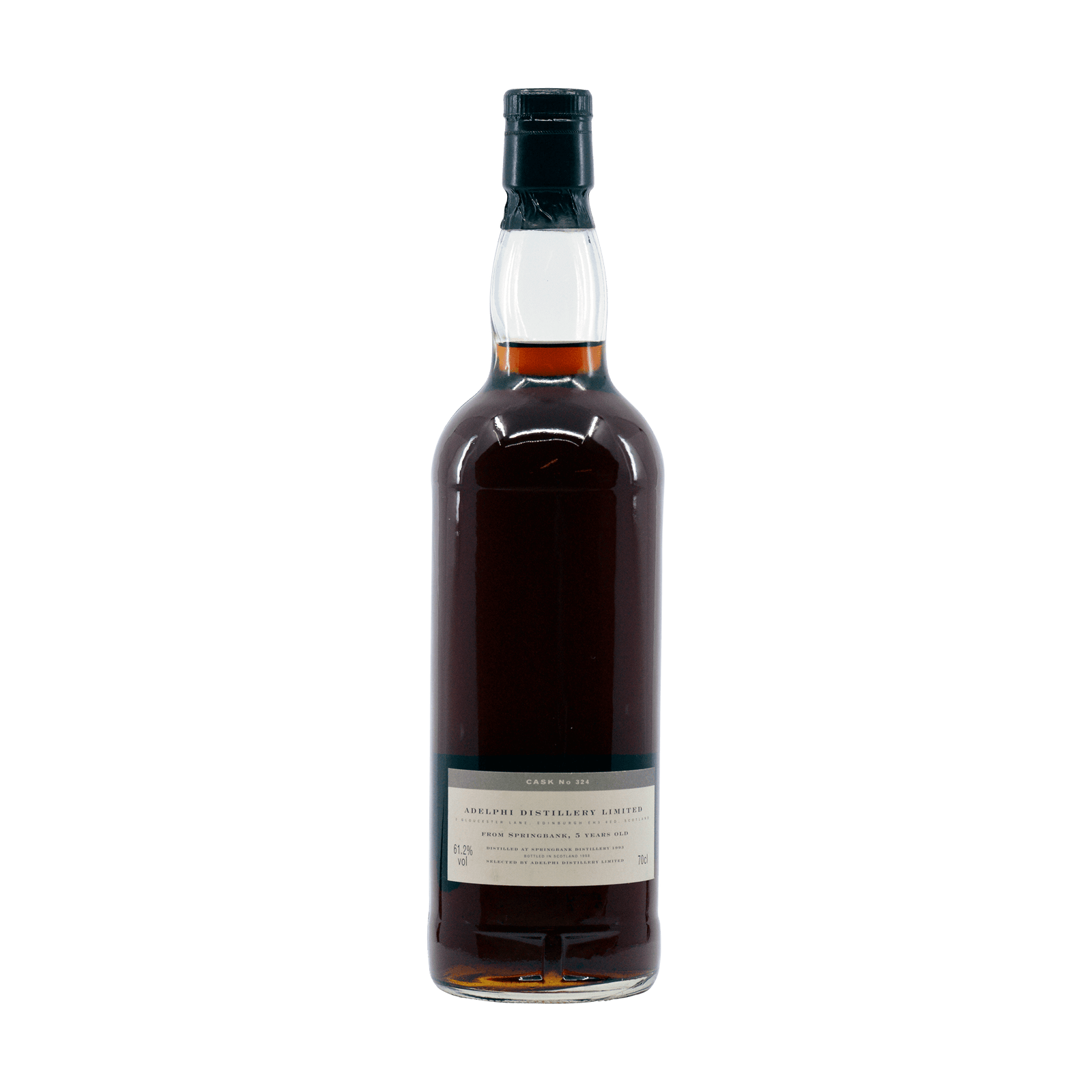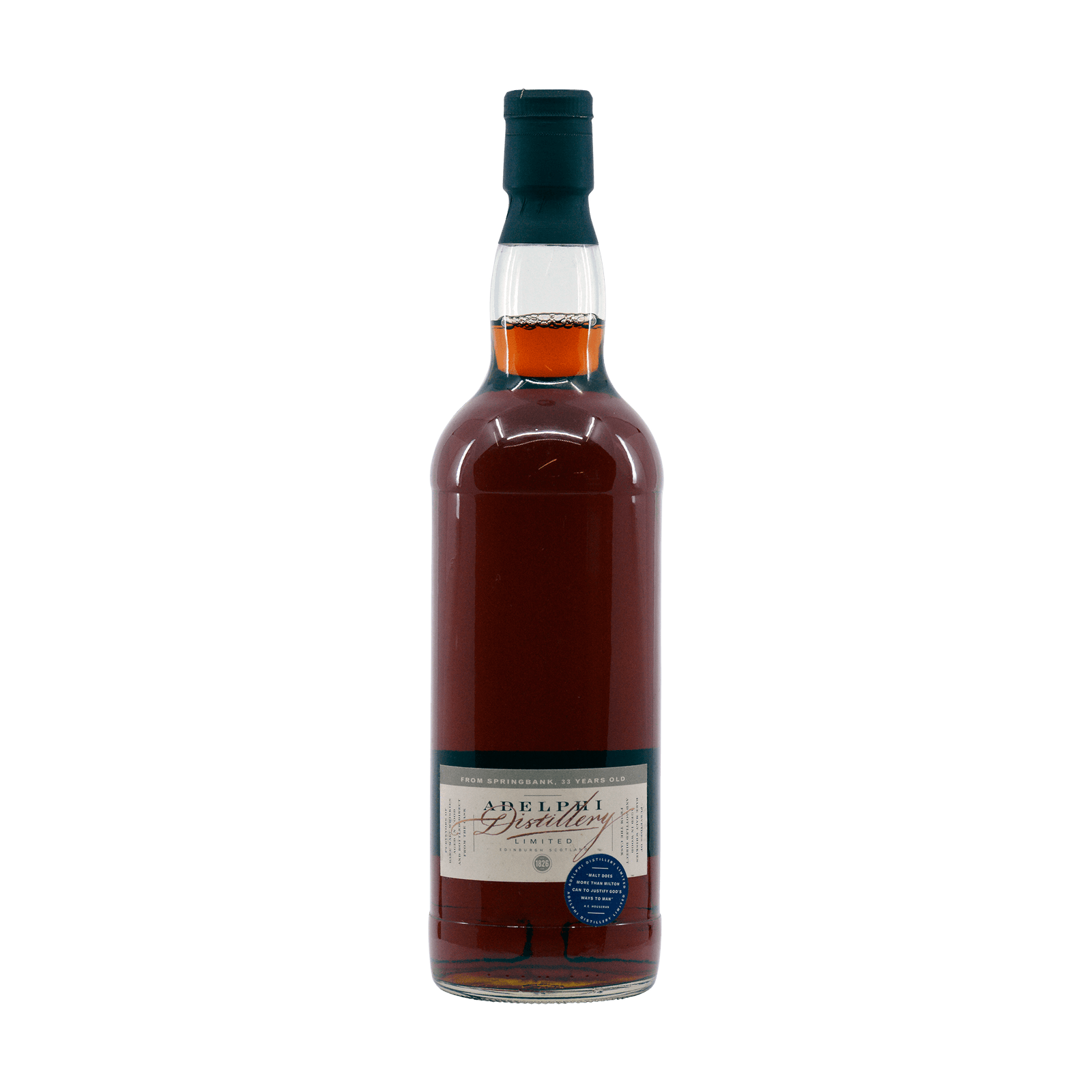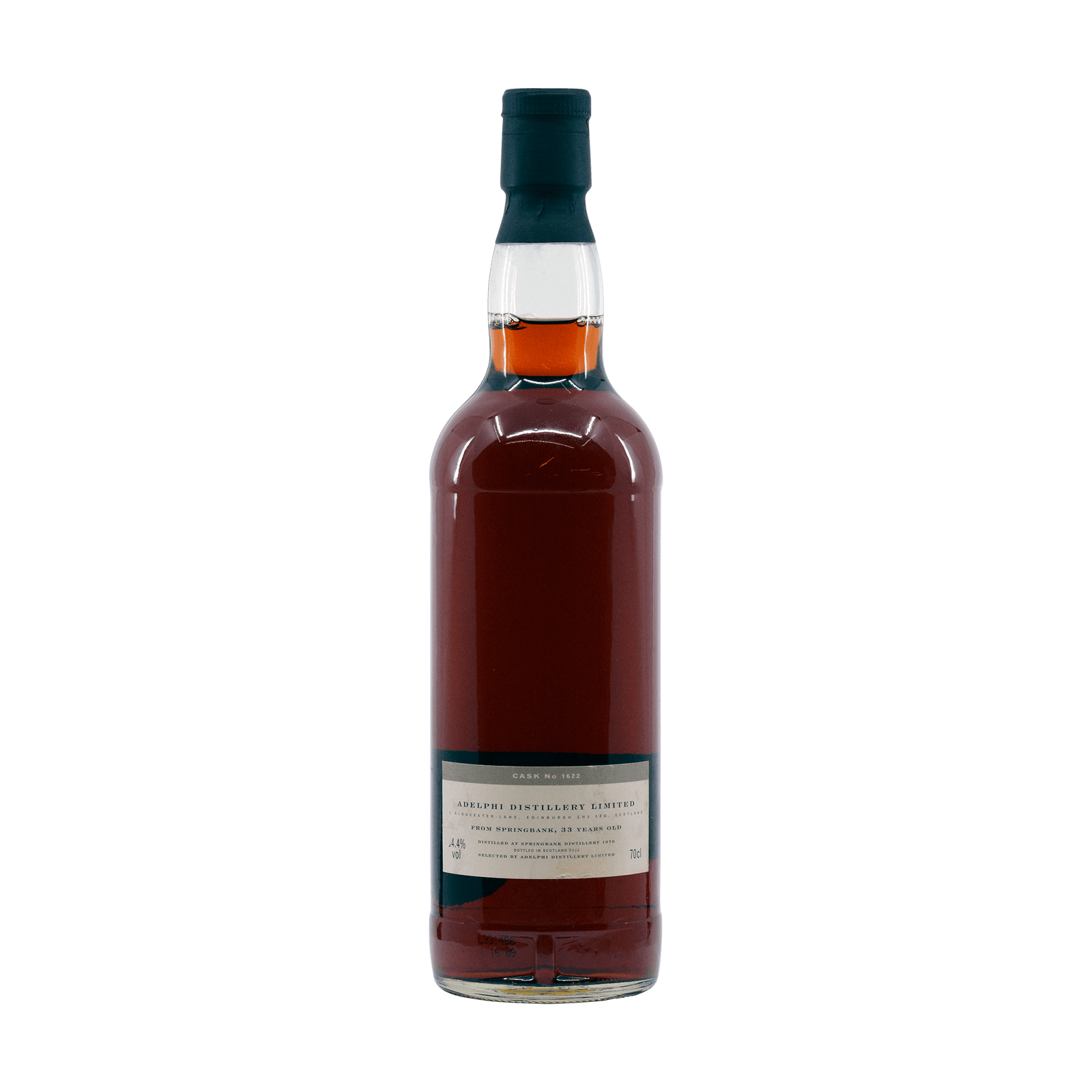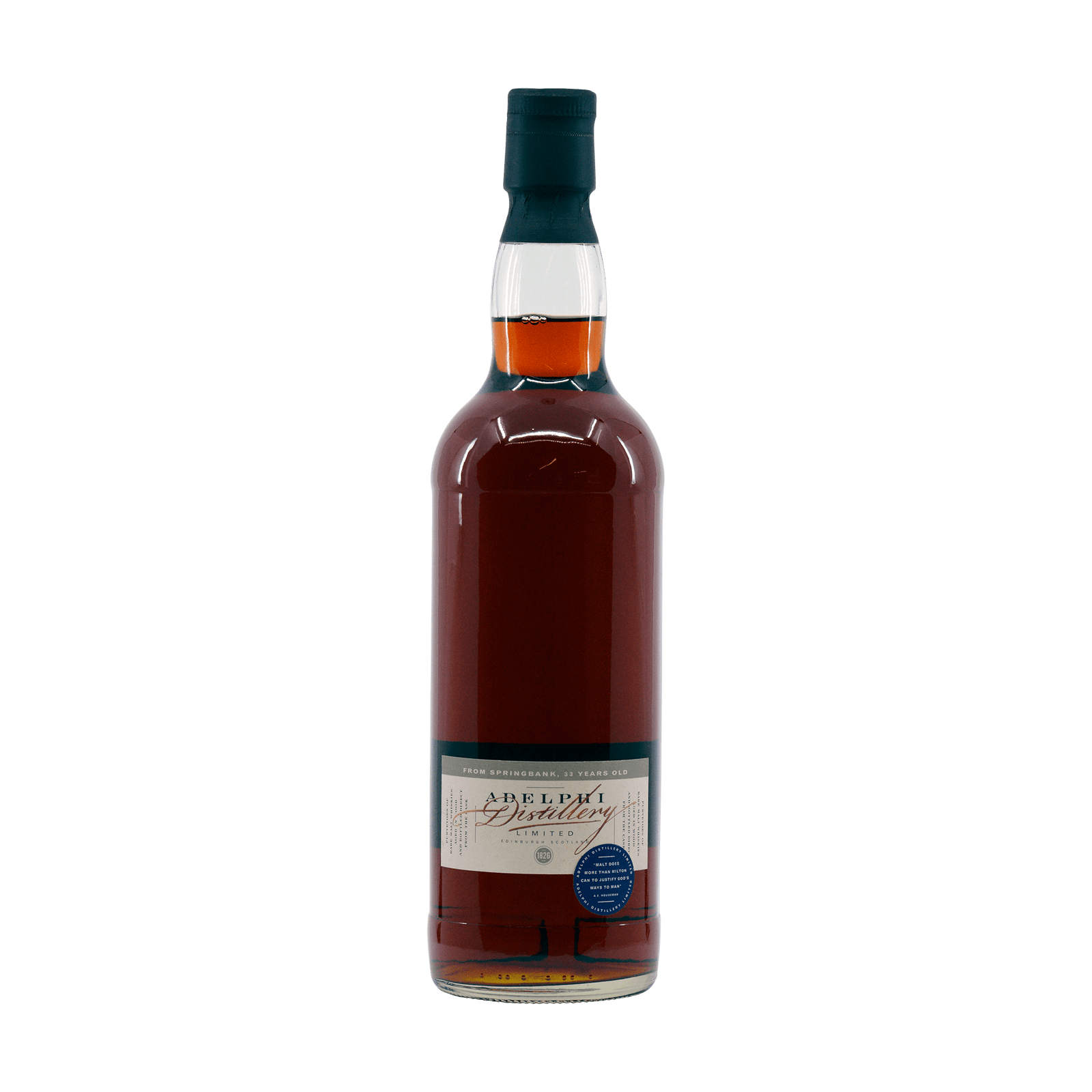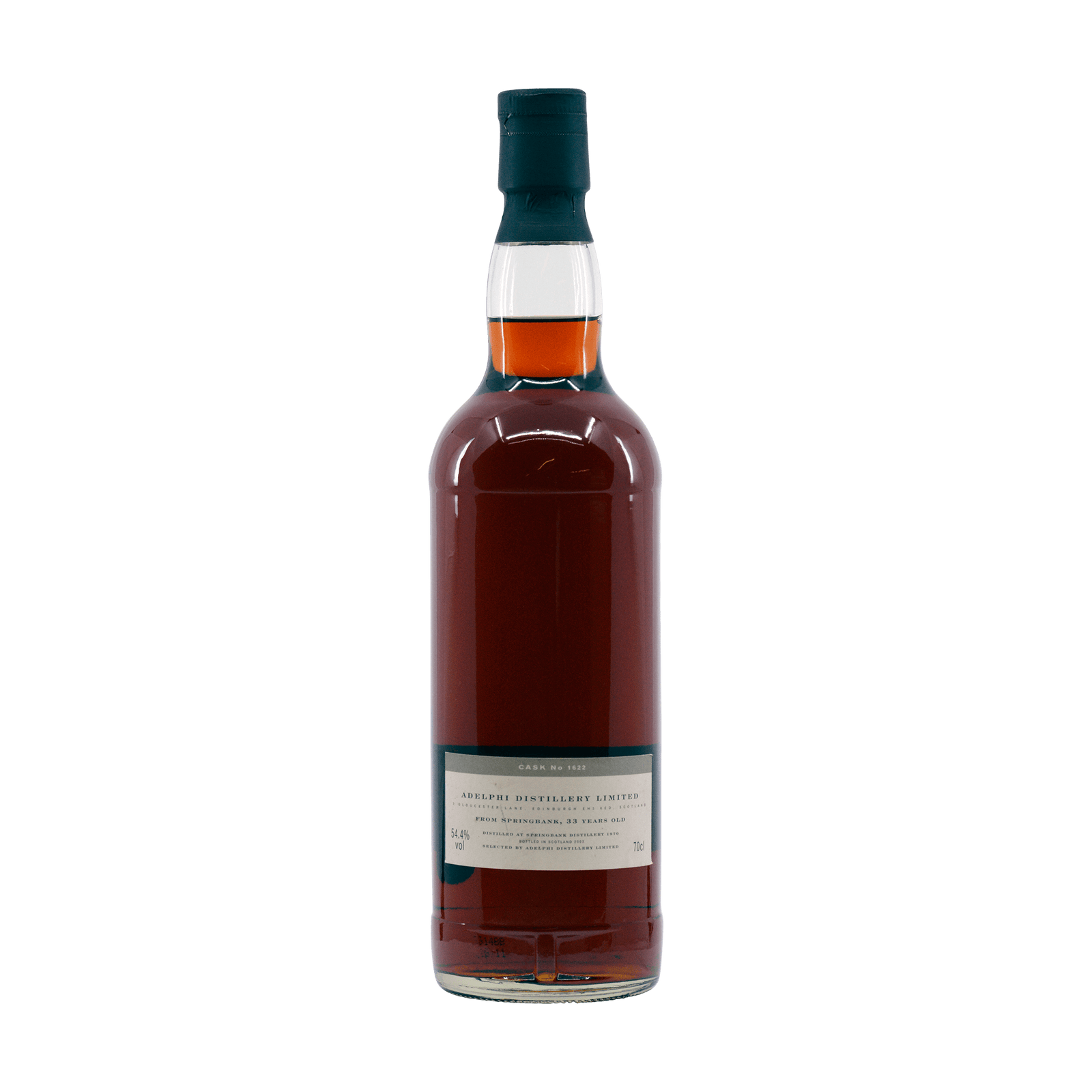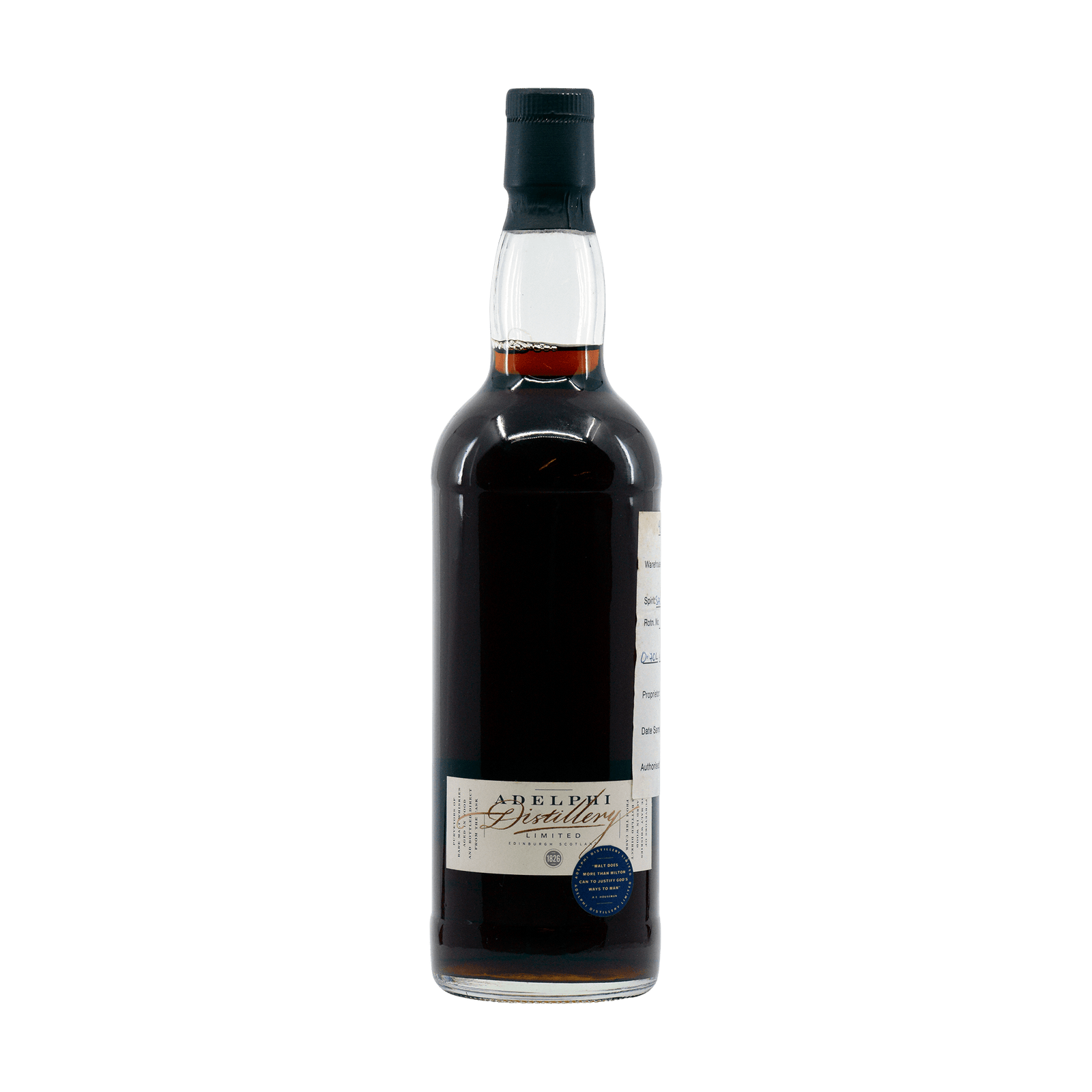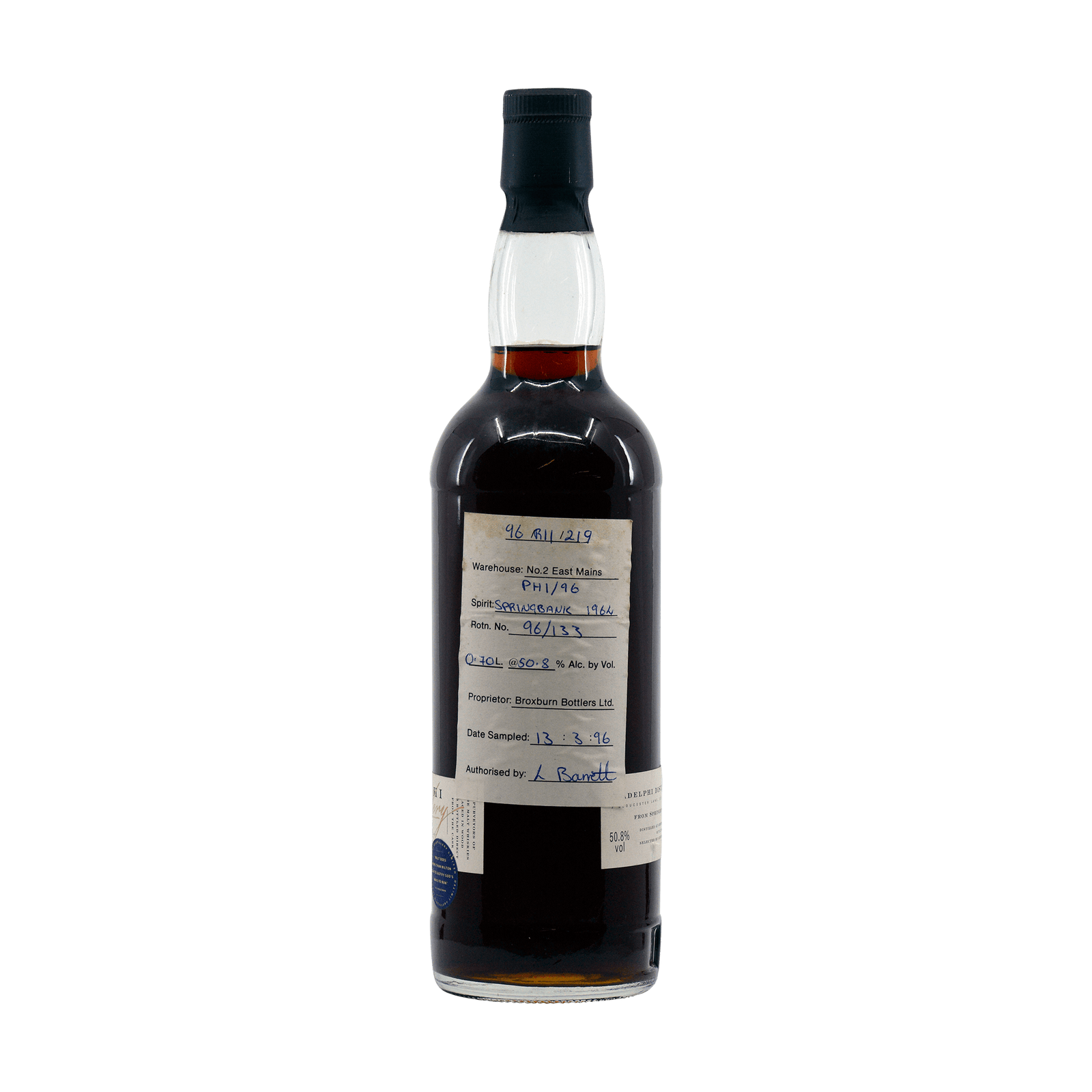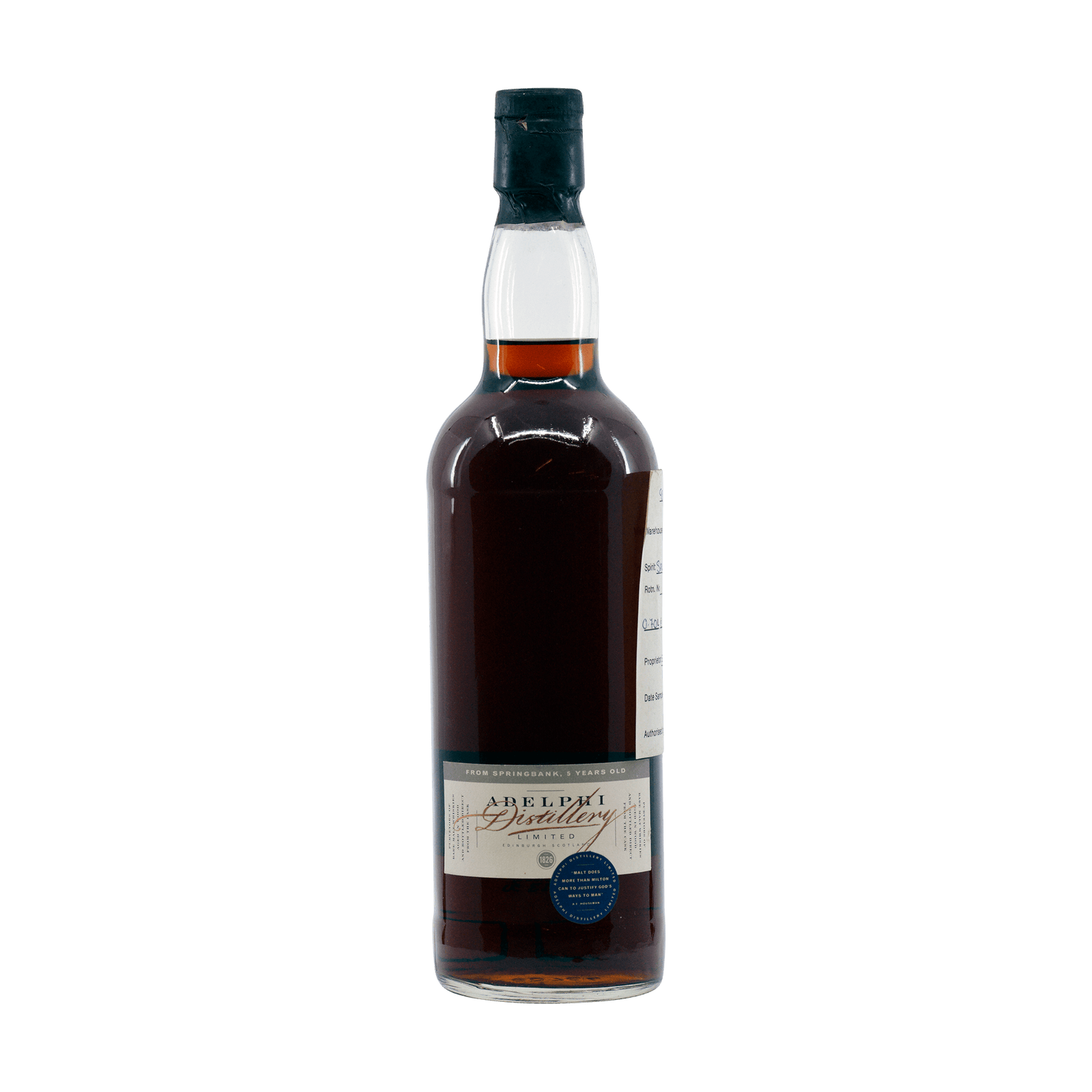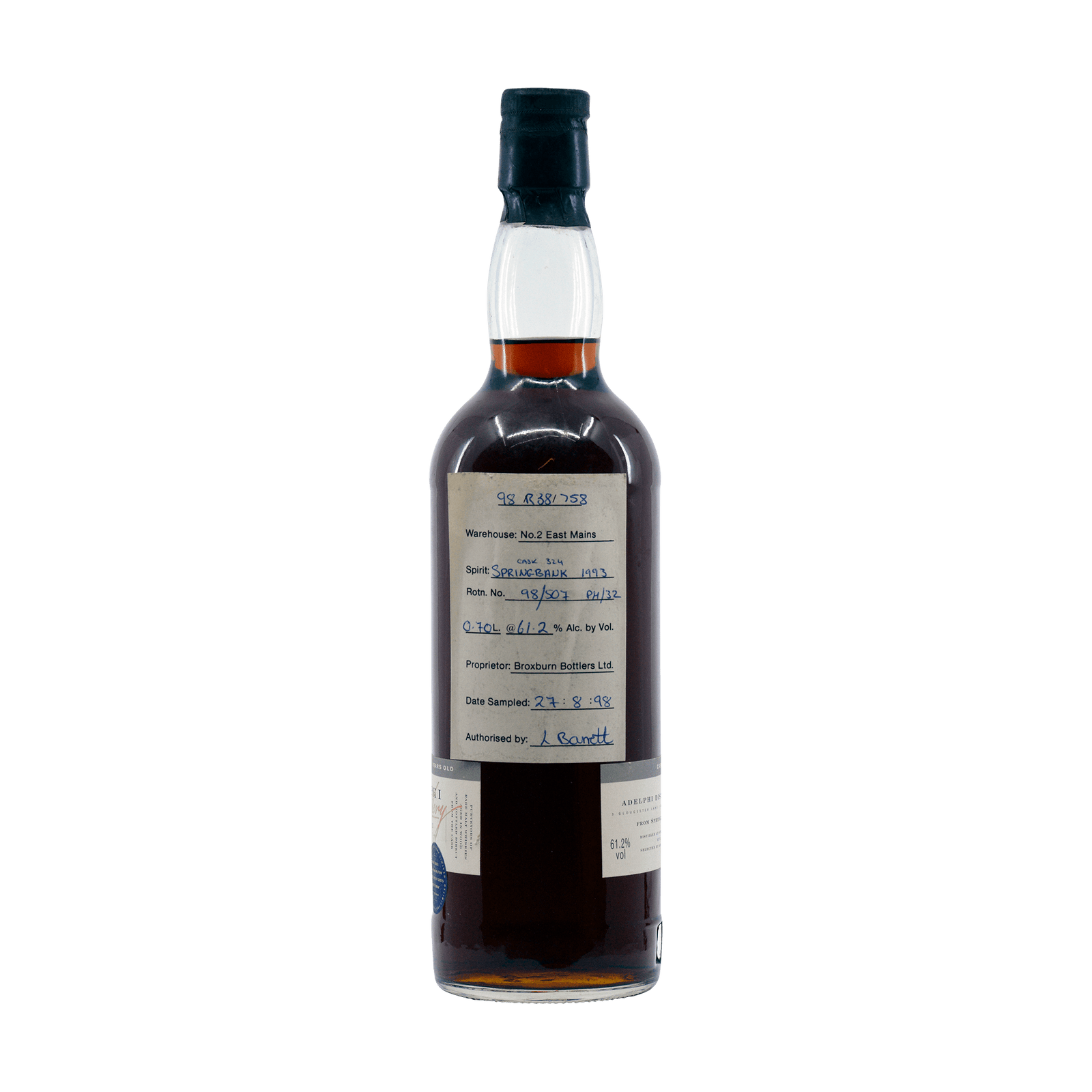SCOTCH WHISKY
- ABERFELDY
- ARRAN
- BALBLAIR
- BEN NEVIS
- BEN WYVIS
- BLAIR ATHOL
- BRORA
- CLYNELISH
- CROFTENGEA
- DALMORE
- DALWHINNIE
- GLEN MHOR
- GLEN ORD
- GLENDRONACH
- GLENESK
- GLENGOYNE
- GLENLOCHY
- GLENMORANGIE
- GLENTURRET
- HIGHLAND PARK
- ISLE OF JURA
- LEDAIG
- NORTH PORT
- OBAN
- OLD RHOSDHU
- PULTENEY
- SCAPA
- TALISKER
- TEANINICH
- TOMATIN
- TULLIBARDINE
- ABERLOUR
- ALLT A BHAINNE
- AN CNOC
- ARDMORE
- AUCHROISK
- AULTMORE
- BALMENACH
- BALVENIE
- BANFF
- BENRIACH
- BENRINNES
- BENROMACH
- BRAEVAL
- CAPERDONICH
- COLEBURN
- CONVALMORE
- CRAGGANMORE
- CRAIGELLACHIE
- DAILUAINE
- DALLAS DHU
- DUFFTOWN
- GLEN AVON
- GLEN ELGIN
- GLEN GRANT
- GLEN KEITH
- GLEN MHOR
- GLEN MORAY
- GLEN SPEY
- GLENBURGIE
- GLENDULLAN
- GLENFARCLAS
- GLENFIDDICH
- GLENLIVET
- GLENLOSSIE
- GLENROTHES
- GLENTAUCHERS
- IMPERIAL
- INCHGOWER
- KININVIE
- KNOCKANDO
- KNOCKDHU
- LINDORES ABBEY
- LINKWOOD
- LOCHSIDE
- LONGMORN
- MACALLAN
- MACDUFF
- MACPHAIL'S
- MANNOCHMORE
- MILTONDUFF
- MORTLACH
- MOSSTOWIE
- NORTH BRITISH
- PITTYVAICH
- ROYAL BRACKLA
- SPEYSIDE
- STRATHISLA
- STRATHMILL
- TAMDHU
- TAMNAVULIN
- TOMINTOUL
- ABERFELDY
- ARRAN
- BALBLAIR
- BEN NEVIS
- BEN WYVIS
- BLAIR ATHOL
- BRORA
- CLYNELISH
- CROFTENGEA
- DALMORE
- DALWHINNIE
- GLEN MHOR
- GLEN ORD
- GLENDRONACH
- GLENESK
- GLENGOYNE
- GLENLOCHY
- GLENMORANGIE
- GLENTURRET
- HIGHLAND PARK
- ISLE OF JURA
- LEDAIG
- NORTH PORT
- OBAN
- OLD RHOSDHU
- PULTENEY
- SCAPA
- TALISKER
- TEANINICH
- TOMATIN
- TULLIBARDINE
- ABERLOUR
- ALLT A BHAINNE
- AN CNOC
- ARDMORE
- AUCHROISK
- AULTMORE
- BALMENACH
- BALVENIE
- BANFF
- BENRIACH
- BENRINNES
- BENROMACH
- BRAEVAL
- CAPERDONICH
- COLEBURN
- CONVALMORE
- CRAGGANMORE
- CRAIGELLACHIE
- DAILUAINE
- DALLAS DHU
- DUFFTOWN
- GLEN AVON
- GLEN ELGIN
- GLEN GRANT
- GLEN KEITH
- GLEN MHOR
- GLEN MORAY
- GLEN SPEY
- GLENBURGIE
- GLENDULLAN
- GLENFARCLAS
- GLENFIDDICH
- GLENLIVET
- GLENLOSSIE
- GLENROTHES
- GLENTAUCHERS
- IMPERIAL
- INCHGOWER
- KININVIE
- KNOCKANDO
- KNOCKDHU
- LINDORES ABBEY
- LINKWOOD
- LOCHSIDE
- LONGMORN
- MACALLAN
- MACDUFF
- MACPHAIL'S
- MANNOCHMORE
- MILTONDUFF
- MORTLACH
- MOSSTOWIE
- NORTH BRITISH
- PITTYVAICH
- ROYAL BRACKLA
- SPEYSIDE
- STRATHISLA
- STRATHMILL
- TAMDHU
- TAMNAVULIN
- TOMINTOUL
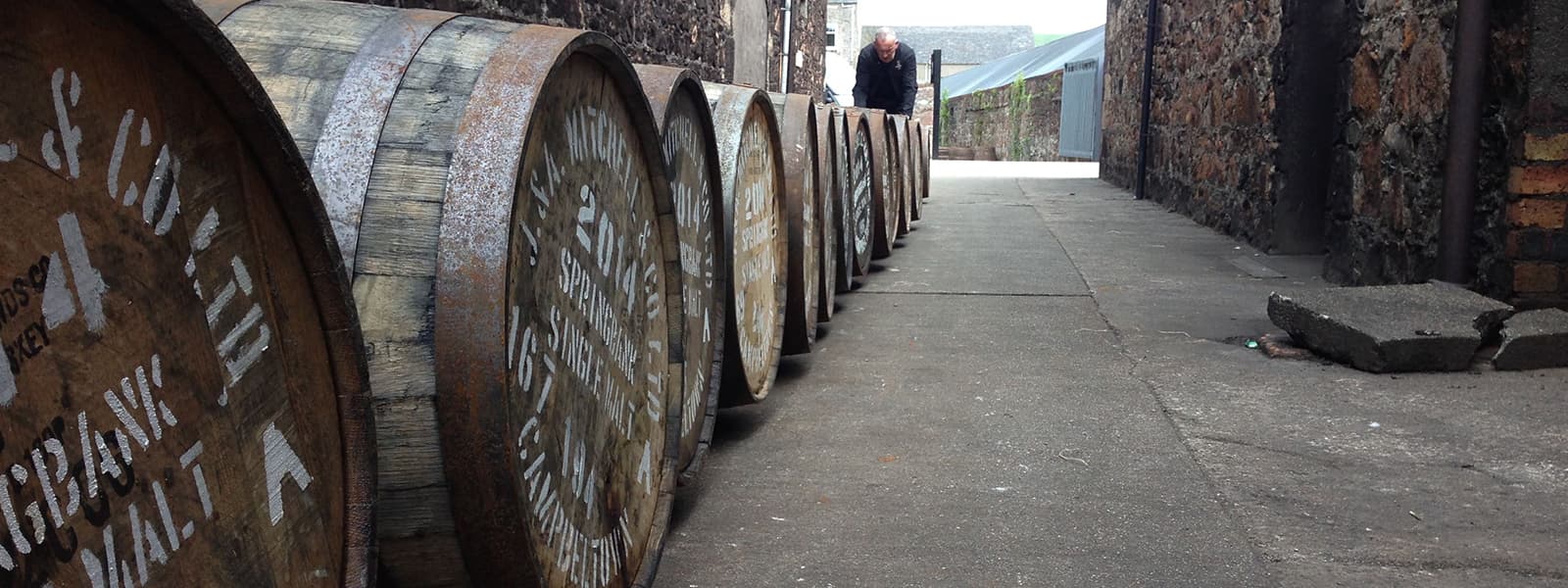
Springbank
The Springbank distillery produces three uniquely different Scotch single malts: Longrow, Hazelburn and Springbank. The difference is achieved by using Springbank's three stills in different combinations as well as adjusting the peat levels. Longrow is the most traditional of the three; well-peated and distilled twice. Hazelburn is bereft of peat and enjoys a triple distillation and Springbank is lightly peated and, rather curiously, distilled two-and-a-half times. Both Hazelburn and Longrow have been revived recently after a few years of silence and both are named for ancient distilleries adjacent to the site.
The buildings at the Springbank distillery are traditional and quite compact, though the facility boasts an onsite maltings which meets all of the malted barley requirements. The distillery sits in the centre of Campbeltown, a decidedly misunderstood Scotch whisky region. The malts from Campbeltown tend to be rather dry and a little briny, though much loved by connoisseurs. The distillery has a small capacity; just 750,000 litres annually, but nonetheless Frank McHardy, the production director, has deemed today’s Springbank market to be saturated. Accordingly, in 2008 distillation was temporarily halted, though the rest of the work continued.
Springbank was founded in 1828 by the Reid Family who subsequently went through financial hardship and, less than a decade later, John and William Mitchell acquired the distillery. In spite of the recent closure, there are plenty of releases on the market; Springbank were an experimental distillery and there are many wood finishes as well as the three varieties of single malt.








